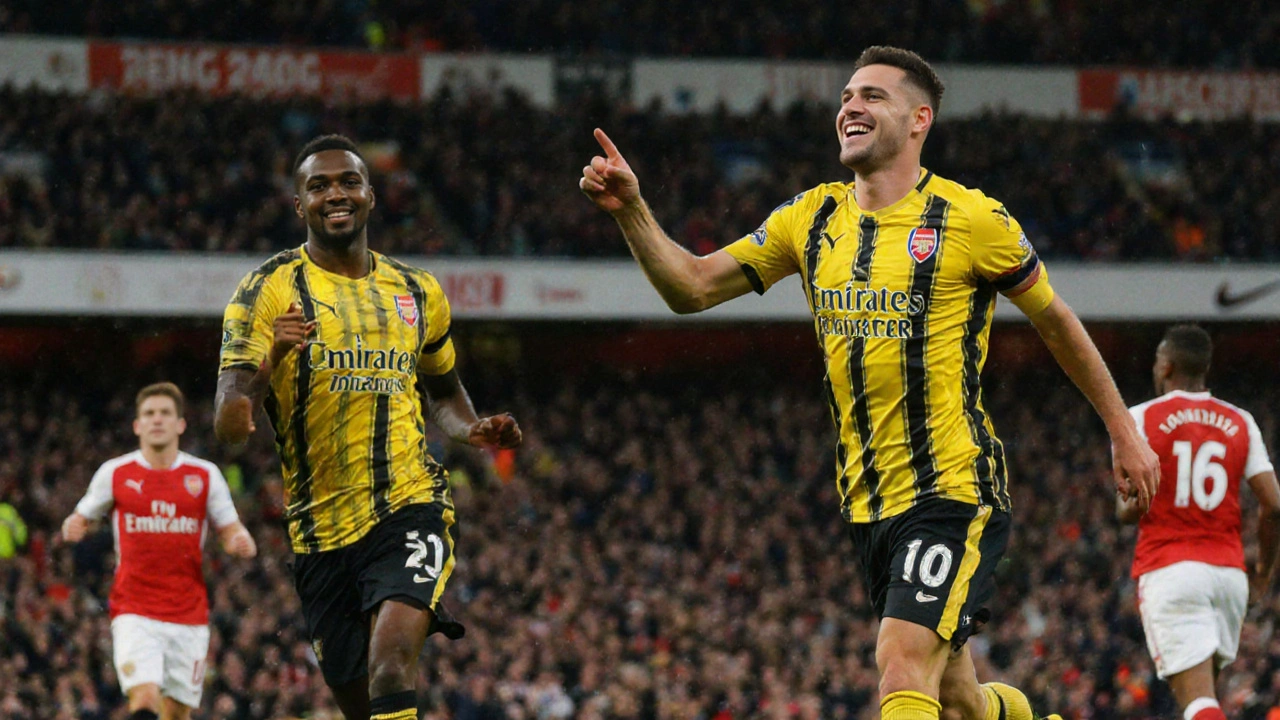Half-Time Lead: Why It Matters Across Sports
When working with half-time lead, the score advantage a team holds at the break. Also known as halftime advantage, it sets the tone for the second half and often dictates tactical choices. In simple terms, a half-time lead is the gap you see on the scoreboard when the whistle blows for the interval. That gap can change the whole flow of a match, whether it’s cricket, football or tennis. A team with a solid lead can relax a bit, tighten defence, or push for more goals, while the trailing side has to decide whether to gamble on riskier moves.
Understanding a half-time lead connects directly to three key ideas. First, sports strategy, the plan a coach sets before and after the break. A half-time lead often forces a shift from attacking to defending, or vice‑versa. Second, game momentum, the psychological swing that influences player confidence. Holding a lead boosts morale, while losing it can sap energy. Third, second half performance, how players execute tactics after the interval. Teams that adapt their formation, press intensity, or tempo usually protect or overturn the lead.
A half-time lead influences second‑half tactics, and maintaining a half-time lead requires strong defence. Teams that build a half-time lead often adjust their game momentum to keep pressure on the opponent. When the lead narrows, a comeback becomes the storyline, and that shift can redefine the entire contest. Below you’ll find a mix of match reports, analysis pieces and player interviews that show how different sports handle the half‑time lead— from cricket’s power‑play runs to football’s tactical reshuffles and tennis players resetting their game plan at the break. Dive in to see real‑world examples of how a simple score gap can shape strategy, momentum, and the final result.
Record‑Breaking Half‑Time Leads Light Up Premier League History
- Jeremy van Dyk
- 19 Comments
A deep dive into the Premier League's most shocking half‑time leads, from Leicester's 5‑0 vs Southampton to Manchester City's 18‑minute blitz, highlighting players, tactics and psychological impact.
Read more

